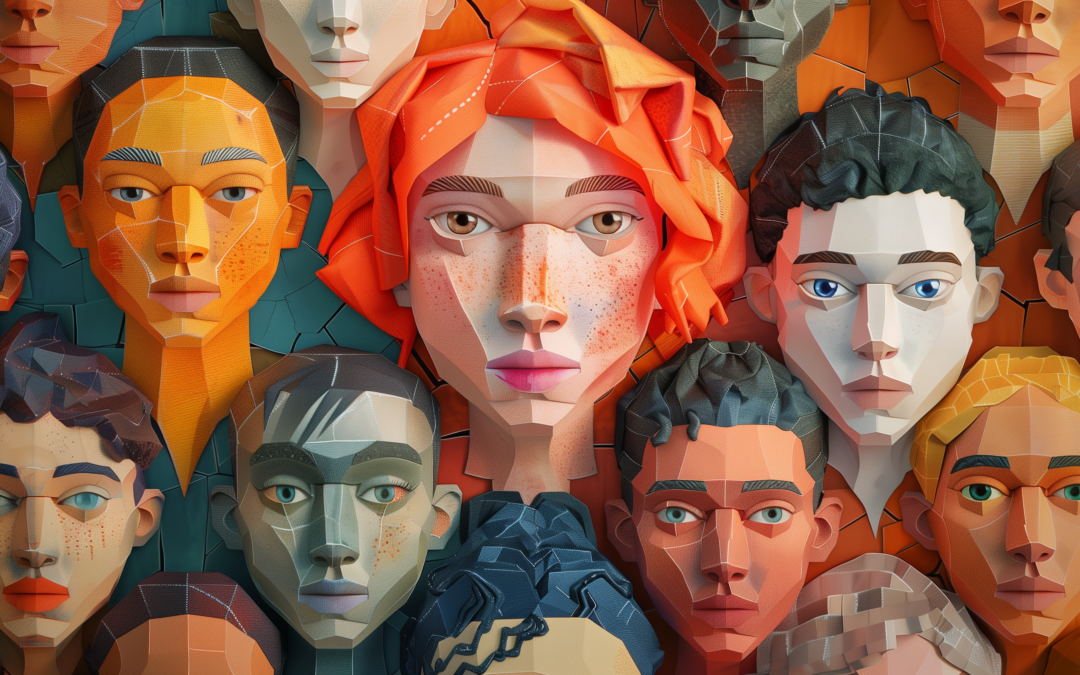Read Time: 4 minutes
Captivating stories don’t just rely on plot—they thrive on character.
Today, we’re unlocking the art of crafting character-driven narratives that captivate audiences long after the last scene.
Now let’s get into it.
1. Character-Driven vs. Plot-Driven Stories
At its core, a character-driven story focuses on the internal journey of its characters, while a plot-driven story emphasizes external events.
Example: “The Martian” (2015) vs. “Arrival” (2016)
- “The Martian”: Plot-driven, focuses on Mark Watney’s external survival challenges on Mars
- “Arrival”: Character-driven, explores linguist Louise Banks’ internal journey as she learns to communicate with aliens and grapples with personal loss and non-linear time perception
2. Developing Complex, Relatable Characters
To create characters that resonate, you need to give them depth that mirrors the complexity of real people.
This means building individuals with a mix of strengths and flaws, unique perspectives, and relatable desires and fears.
- Strengths and flaws
- Unique voices and POVs
- Relatable desires and fears
Example: Evelyn Wang in “Everything Everywhere All at Once” (2022)
Evelyn is a struggling laundromat owner, disappointed mother, and unfulfilled wife who discovers she can access the skills and memories of her alternate selves across the multiverse. Her complexity stems from her relatable struggles, cultural identity conflicts, and the growth she experiences throughout her interdimensional journey.
3. Internal Conflicts and Personal Growth
Internal struggles are the engines of character development, creating tension that keeps audiences invested.
These conflicts often stem from characters grappling with their beliefs, desires, and past traumas.
Example: Cobb in “Inception” (2010)
Cobb’s guilt over his wife’s death and desire to return to his children create compelling internal conflict.
4. Interweaving Character Development with Plot
The magic of character-driven stories lies in how seamlessly character growth and plot progression intertwine.
Instead of external events simply happening to characters, their choices, growth, and personal journeys should actively shape the narrative’s direction.
Example: Miles Morales in “Spider-Man: Into the Spider-Verse” (2018)
Miles’ journey from an insecure teenager to a confident Spider-Man directly drives the plot. His growing abilities and self-belief allow him to face increasingly difficult challenges, culminating in his pivotal role in saving the multiverse.
5. Clear Character Motivations and Goals
Every compelling character needs a driving force.
Clear motivations and goals not only make characters more believable, but also propel the story forward.
These desires can evolve throughout the narrative, adding layers of complexity to both character and plot.
Example: Amy Dunne in “Gone Girl” (2014)
Amy initial motivation to escape an unfulfilling marriage evolves into a complex desire for revenge and control. Her elaborate scheme to frame her husband for her murder and her subsequent actions drive the entire narrative, creating a gripping psychological thriller.
6. Balancing Multiple Character Perspectives
Many rich, character-driven stories feature an ensemble cast.
The key to managing multiple perspectives is ensuring each character has a distinct voice, motivation, and arc that contributes meaningfully to the overall narrative.
Example: “Knives Out” (2019)
This modern whodunit masterfully balances multiple suspects, each with their own motivations, secrets, and arcs. The shifting perspectives and gradual reveals of each character’s true nature keep the audience guessing while enhancing the overall narrative.
Crafting Your Character-Driven Story with AI
Now it’s your turn to develop a compelling character-driven narrative. Use this customizable prompt with your favorite AI assistant:
/ copy below and edit the bold text in [brackets] /
Imagine you’re a master storyteller with decades of experience crafting compelling character-driven narratives. Consider these key elements for your story:
• Genre: [Insert Your Genre(s) Here]
• Central Story Idea: [Provide a brief overview of your story’s plot, themes, or setting]
• Protagonist: [Insert protagonist’s name and key traits]
Now, develop a character-driven narrative by addressing the following:
1.Internal Journey: Describe your protagonist’s internal conflict and how it evolves throughout the story.
2.Character Complexity: List three strengths and three flaws of your protagonist. How do these traits create tension or drive the plot?
3.Motivation and Goals: What is your protagonist’s initial motivation? How might this evolve as the story progresses?
4.Character-Plot Integration: Describe a key plot point that is directly caused by your protagonist’s choices or personal growth.
5.Supporting Cast: Introduce two supporting characters. How do their arcs and motivations complement or contrast with the protagonist’s journey?
6.Character Voice: Provide a brief dialogue exchange that showcases your protagonist’s unique voice and perspective.
Your task:
• Outline a character-driven story structure focusing on your protagonist’s internal journey and growth
• Explain how each major plot point is influenced by character decisions or development
• Describe how your protagonist’s complexity and motivations evolve throughout the narrative
• Illustrate how supporting characters contribute to the protagonist’s arc and the overall story
Remember, in a character-driven story, the internal struggles, personal growth, and decisions of your characters should be the primary forces shaping the narrative.
Focus on creating deep, relatable characters whose journeys captivate readers long after the story ends.
If you’re finding value in TSS, please share it with a fellow storyteller.
See ya next week!
— Dave

